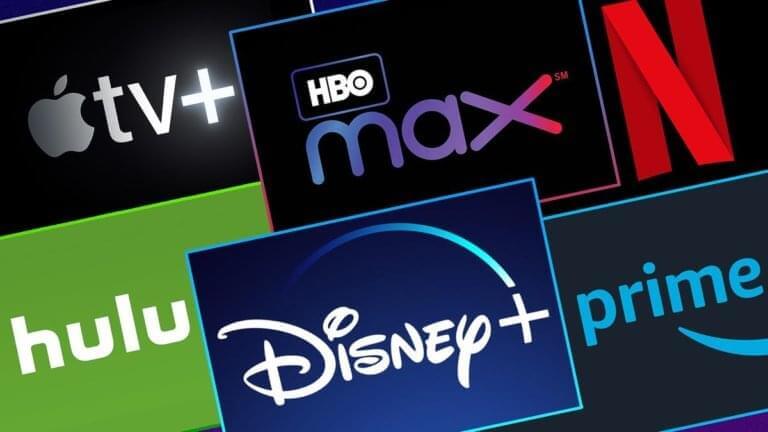
Let’s face it — no one has the patience to wait for an episode of their favorite show to come out every week anymore! These days, people would much rather binge-watch shows at their leisure. In just the past two years, the US saw a decline of more than 7 million households subscribed to PA (cable/satellite). Homes that have cut the cord are also likely to increase at a similar rate, with the number of households without Pay TV services having increased from 36 million in 2018, to an estimated 44.3 million this year.
Not to mention that the streaming services and on-demand entertainment industry is keeping up with growing consumer needs! From Netflix and Hulu, to Disney+ and Amazon Prime Video, new video streaming services are popping up left, right, and center. With so many options to choose from, how does the average consumer choose which services to subscribe to? And, more importantly, how are these over-the-top (OTT) media services enticing prospective customers?
Well, besides offering exclusive shows and movies on their platforms, streaming services engage in fierce marketing strategies to steal new customers away from both Pay TV, as well as each other. While many streaming services are unable to advertise on other competitor’s platforms and with TV ad viewership dwindling, turning to larger-than-life out-of-home (OOH) media is the best way to stand out from the crowd. This is because OOH makes an impact with streaming service subscribers, and the data backs this up.
This article will dive deeper into the competitive video streaming services arena, why OOH is perfectly positioned to reach the mass market of prospective streaming service subscribers, and how popular streaming services are leveraging the power of OOH in their marketing strategies.
A Quick Look at the Rapidly Growing Video Streaming Market
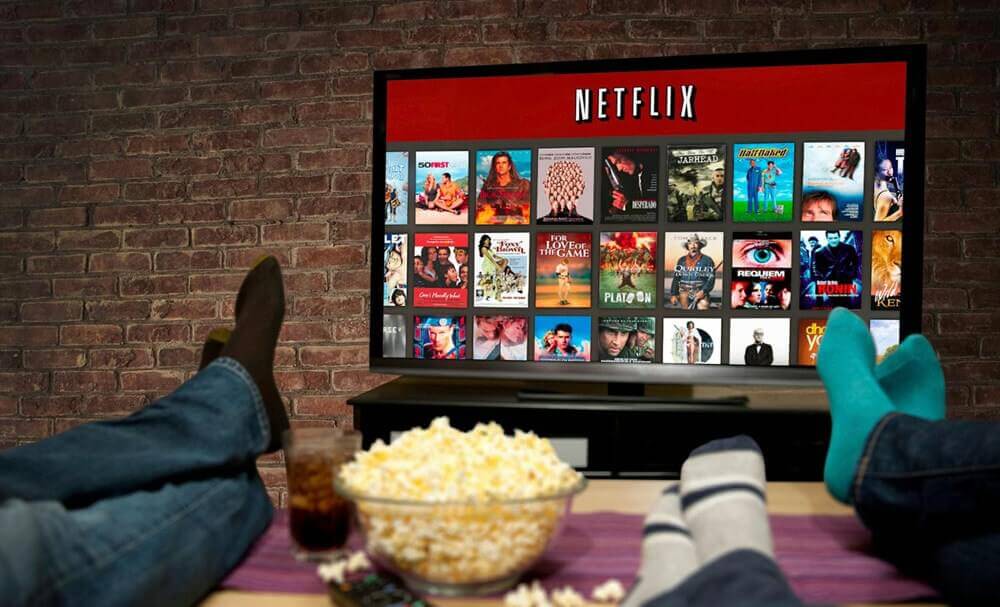
Over-the-top (OTT) media is streaming media that’s offered directly to viewers through the Internet, bypassing cable, broadcast, and satellite TV platforms. OTT media has transformed the way people consume content, especially amongst the Generation Z and Millennial demographics. And the market for it is only getting bigger — owing to the growing ubiquity of mobile phones worldwide.
To provide a bit of context as to how much the market has expanded over the years, in 2018, there were almost 171 million subscriptions to streaming services. This number increased by 6.9% in 2019 to 182.5 million. Due to the rapid growth of cloud-based streaming services and the COVID-19 pandemic, it’s estimated that there will be a net total of 191.5 million subscribers by the end of 2020. In terms of market revenue growth, the global video streaming market size was valued at USD 42.60 billion in 2019, with North America accounting for the largest revenue share at 39%. This year, the market size is on track to grow by 17.6% to USD 50.1 billion. In their latest report, Grand View Research estimates that — with innovations to improve video quality, such as blockchain technology and artificial intelligence — the market is projected to grow at a compound annual growth rate (CAGR) of 20.4% in the next 7 years.
Needless to say, the video streaming service market is growing more now than ever before. The top services consumers are currently subscribed to are Netflix (60%), Amazon Prime Video (53%), Hulu (18%), Sling (9.8%), Youtube TV (9.5%), and Pluto TV (8.5%). While each streaming service offers a unique lineup of shows and movies, even critically acclaimed originals, one thing they all have in common is their aggressive OOH marketing efforts. With everyone glued to their mobile devices these days, many marketers may question whether or not traditional media, like OOH, is worth investing in or even effective at all. As the video streaming service market has proved, the answer is yes!
OOH’s Mass Market Reach

OOH has had over 40 quarters of consecutive revenue growth since 2010, and despite the global pandemic this year, OOH still looks like a promising ad medium for brands to get their names out there. The main reason for the popularity of OOH, is the insurmountable attention large-format OOH media gets and because the OOH industry has been growing with technology, rather than giving way to it. OOH has gradually implemented new technological advancements in the past decade — from digital LED screens, to GPS/Bluetooth device tracking, artificial intelligence to programmatic ad buying.
In terms of audience, as long as people are outside of their homes, OOH will continue to get in front of the eyes of consumers! With the exception of the past few months where lockdown measures were in place, OOH reaches consumers of every demographic, every week. According to Nielsen’s 2019 OOH Advertising Study, OOH media reaches 81% of US consumers aged 16 or older every week and 90% of this audience every month! And it isn’t just the big billboards in downtown areas that are getting consumers attention. The study also found that, in one month, 78% of respondents noticed some form of OOH transit advertising (e.g. mobile billboards, subway, taxi cab, bus), 74% noticed some form of OOH place-based advertising (e.g. movie theatre, shopping mall), and 50% noticed some form of OOH street ad (e.g. bus shelter).
What’s more? OOH reaches consumers when they’re the most active and alert. According to the Canadian Out-of-Home Measurement Bureau (COMMB), “Consumers are 33% more alert when outside their homes, leading to lasting brand impressions.” The benefit of this is that OOH motivates viewer action and generates mass reach quickly. In the same Nielsen study, 81% of respondents indicated that they engage with an OOH ad messaging at least some of the time, with 40% indicating that they are highly engaged.
The high level of OOH engagement translates to viewer actions in the form of tuning-in, word-of-mouth, online activity, smartphone activity, and more. With respect to entertainment, 28% of OOH viewers have watched a movie in a theatre, while 26% of OOH viewers have tuned into a TV program.
Recognizing the unmatched value that OOH can bring into the media mix, streaming services have taken the OOH arena by storm and have had enormous marketing success.
Targeting Streaming Service Subscribers with OOH
Statistics aside, let’s take a closer look at how your favorite streaming services are dominating the OOH landscape:
Netflix
As the top player in subscription-based on-demand video streaming, much of Netflix’s success over the years can be attributed to their OOH advertising.
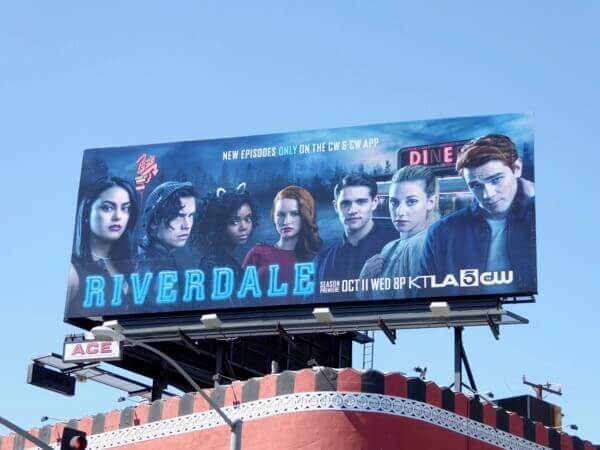
From Stranger Things to Fuller House, 13 Reasons Why to Riverdale, Netflix has a long lineup of original shows and movies. Much like a theatre would promote its premiere screening of a new movie in local high-traffic areas, Netflix promotes the launch dates of its shows in major markets.
In fact, Netflix loves OOH so much that they have actually purchased their own OOH billboards! In 2018, Netflix bid $300 million for Regency’s entire outdoor advertising company and inventory of 400 billboards. This deal did not go through, however, and instead, Netflix ended up paying $150 million for 35 Regency billboards along the sunset strip in Los Angeles.
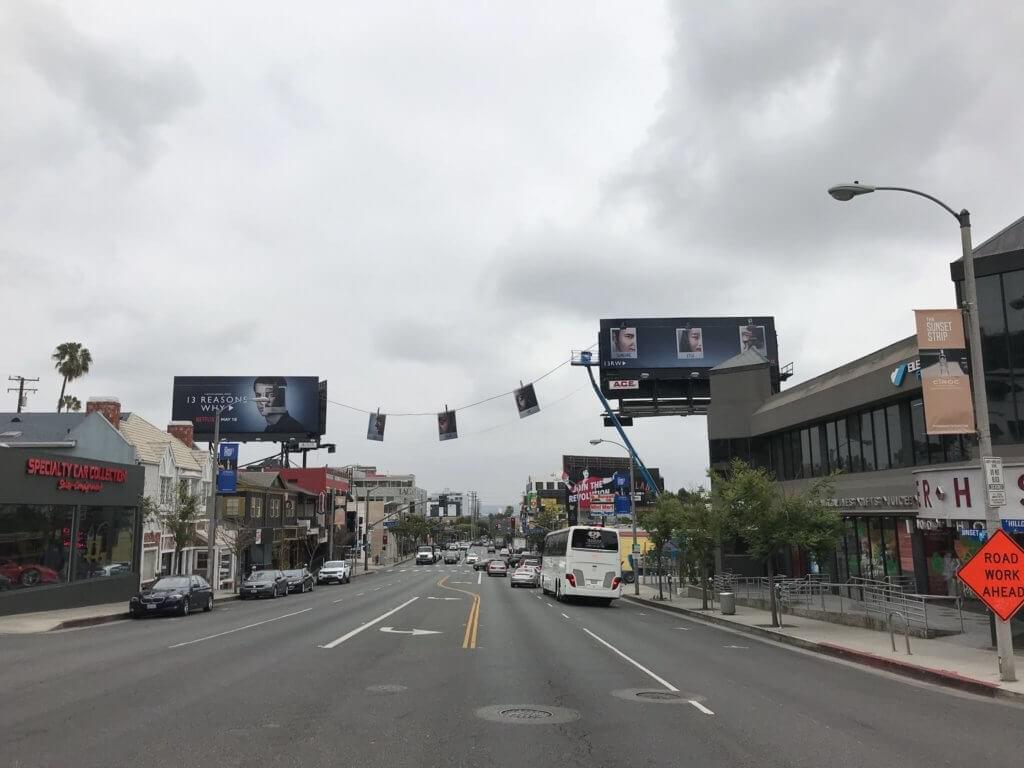
In November 2019, to promote their first original animated film, Klaus, Netflix launched a number of billboards leading up to the film’s release that resembled a wrapped holiday gift, asking passerbys not to “open until November 15.” On November 15, the billboard creative was changed to feature an ad for Klaus.
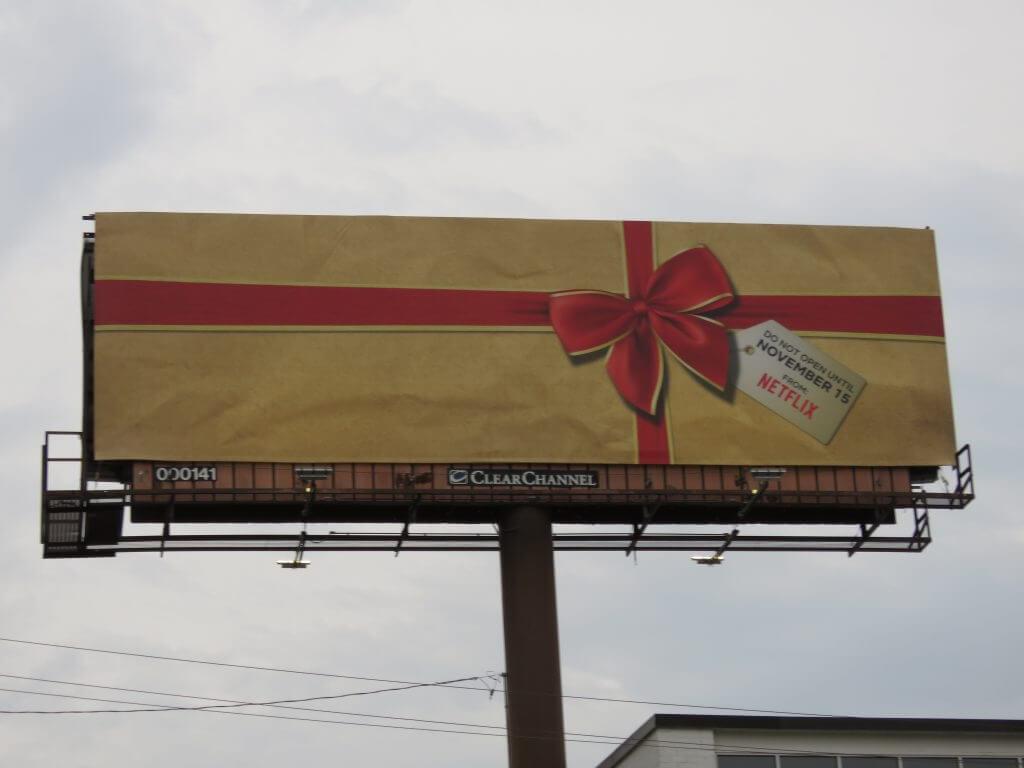
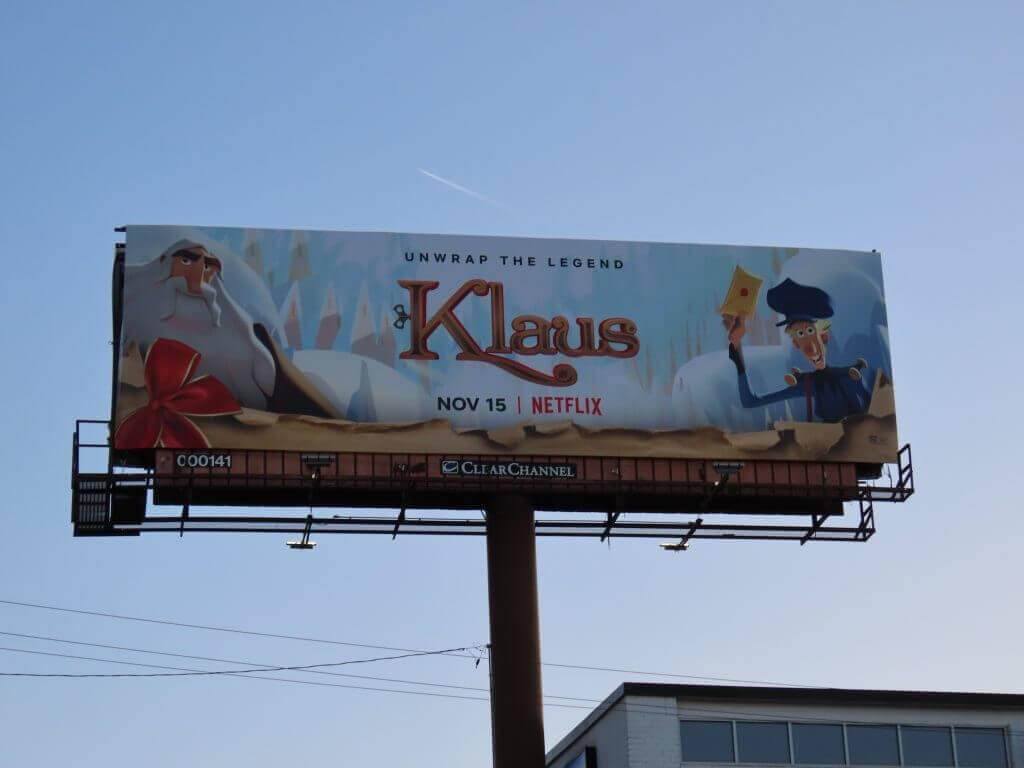
When the pandemic hit this year, Netflix had to adapt their OOH marketing to align with authorities’ stay-at home orders. In the rare instance that someone left their house to do groceries or go to work, Netflix made sure that they were doing their part to deter people from leaving their houses too much. Netflix put real spoilers of some of its most popular shows on billboards across multiple cities, including Narcos, Stranger Things, and Love is Blind. Thanks to Netflix, if the virus didn’t stop people from going out, these spoilers surely did.
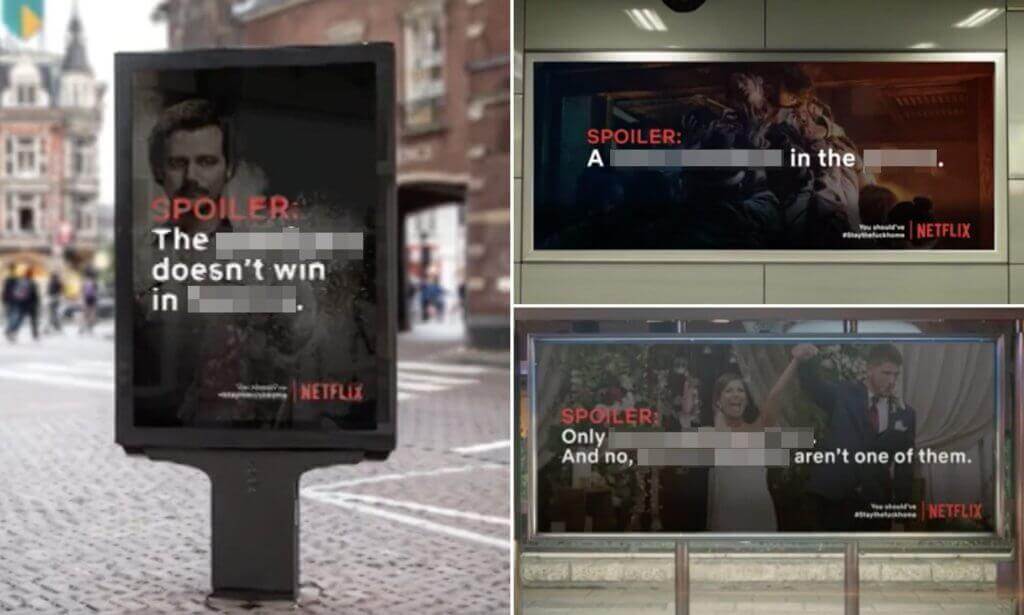
Hulu
When it comes to OOH advertising, Hulu has taken a more minimalist approach in comparison to its competitors — opting for simple ads featuring the company’s signature mint green color and white and black letters. In a crowded advertising landscape, Hulu is a prime example of implementing the “less is more” strategy to get viewers’ attention — and, it’s working!
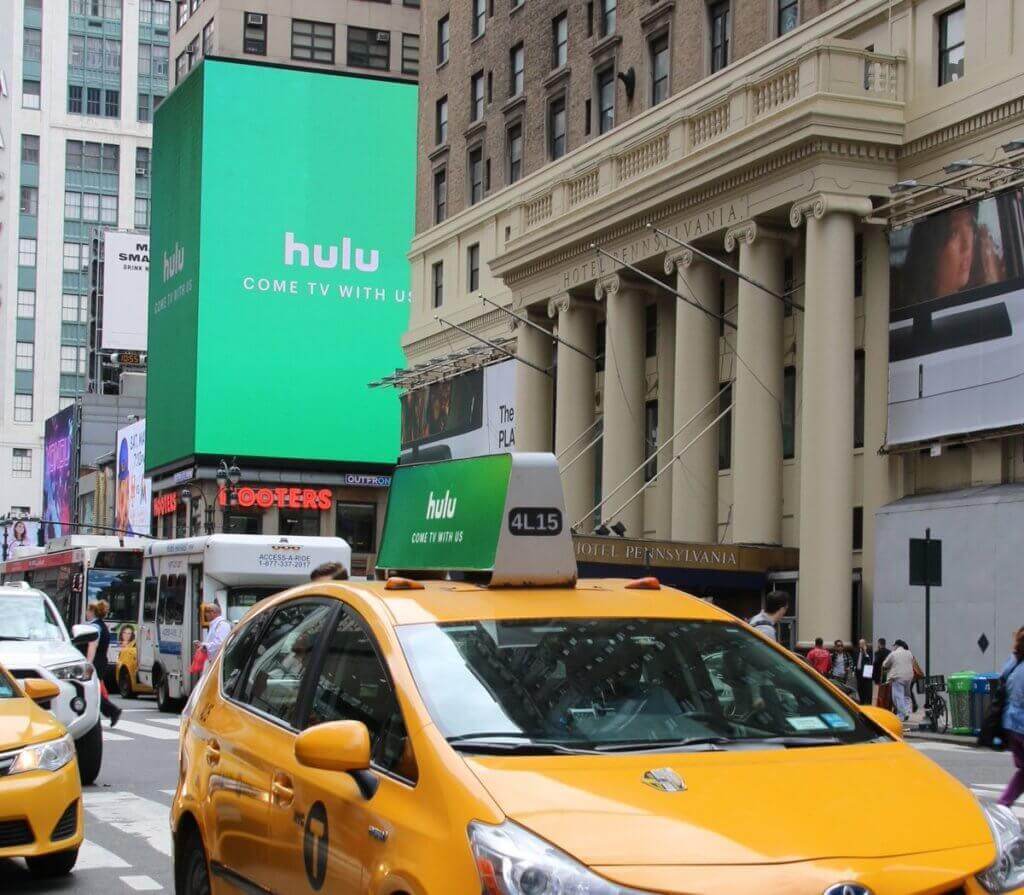
According to Simmons, almost 8 in 10 of those who have used video streaming services in the past 30 days have noticed an OOH advertisement. This statistic is consistent across specific services as well, with 77% of those who have used Hulu reporting that they have noticed an OOH ad in the past 30 days. Evidently, there is incredible synergy between streaming services and OOH advertising.
Earlier in January this year, before the pandemic, Hulu partnered with JCDecaux — one of the largest OOH advertising agencies in North America — to promote their streaming services in an OOH airport campaign. This was a clever strategy, as travellers with delayed or connected flights are looking for ways to pass time while waiting for take-off.
Amazon Prime Video
Did you know that Amazon was the largest OOH advertiser in 2019? The e-commerce giant has dominated the outdoor ad world with more than USD 721 million spent on OOH in just 2019. Part of their OOH ad efforts have been put towards promoting a new Amazon Prime Video series.
Last year, Amazon launched an interactive digital billboard in Times Square that featured the highly-anticipated Amazon Prime Video original series, Good Omens. Using augmented reality (AR), the billboard’s live camera feed caught the attention of every pedestrian walking by and counted down to the series’ release date.
The author of the original Good Omens novel series shared this campaign online to his more than 2.64 million Twitter followers, generating even more buzz for the series’ launch.
Disney+
It’s crazy to think that Disney’s subscription-based on-demand streaming service launched just less than a year ago, on November 12, 2019. Ahead of their highly anticipated launch, Disney+ took OOH by storm and rolled out an expansive campaign, promoting original content only to be found on the platform. Ads for the new live action Lady and The Tramp, Star Wars the Mandolorian, and others are currently featured on billboards, buses, kiosks, and more. In Los Angeles, bus shelters were built out to feature a 3D Disney+ logo, which lit up at night.
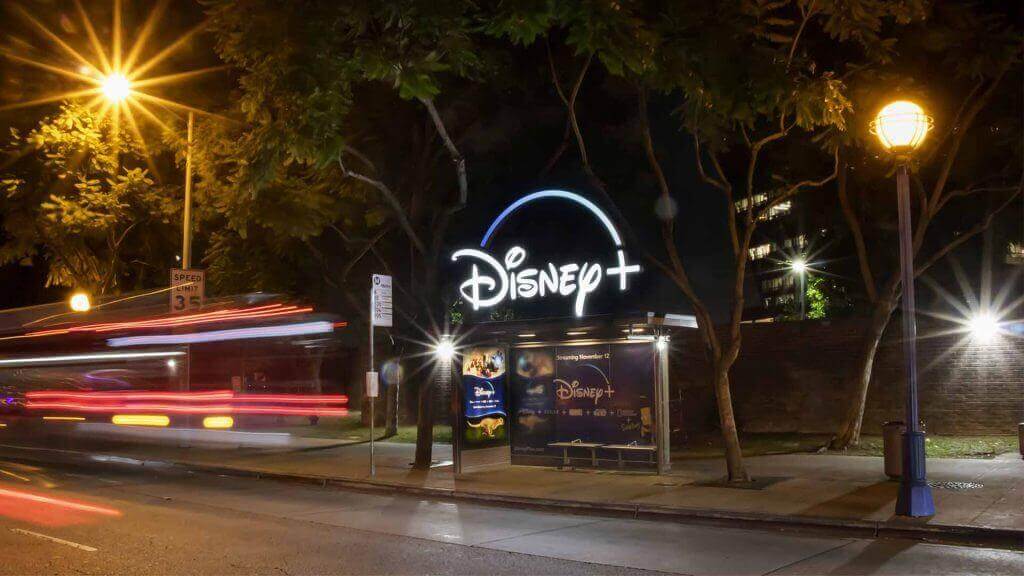
On launch day, a day-long OOH activation in New York, complete with branded glass-walled trucks, offered passersby the opportunity to test the service in person.
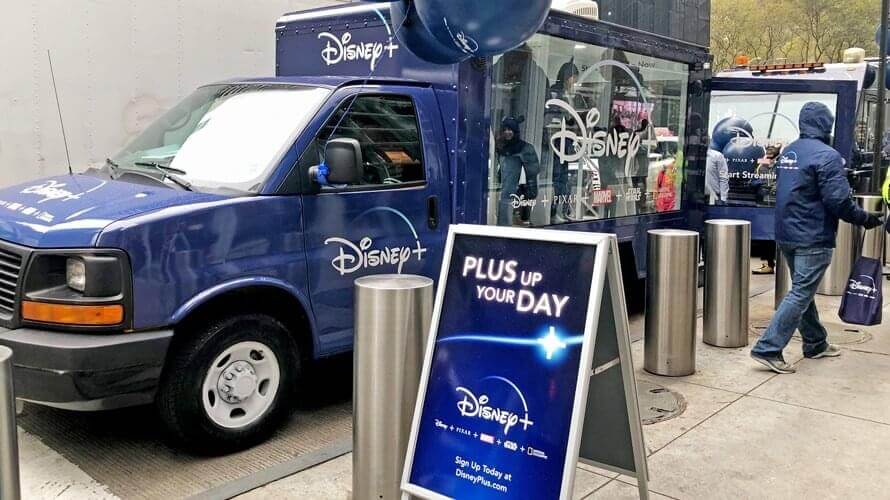
OOH was a crucial part of Disney+’s explosive launch into the market, garnering more than 10 million subscribers on just its first day. In the words of Ricky Strauss, president of content and marketing for Disney+, their strategy was to “…provide people with the idea of how to get this kind of content. So we have launched a multi-phase, omni-platform, 360-degree marketing campaign to reach our target consumers.”
Pluto TV
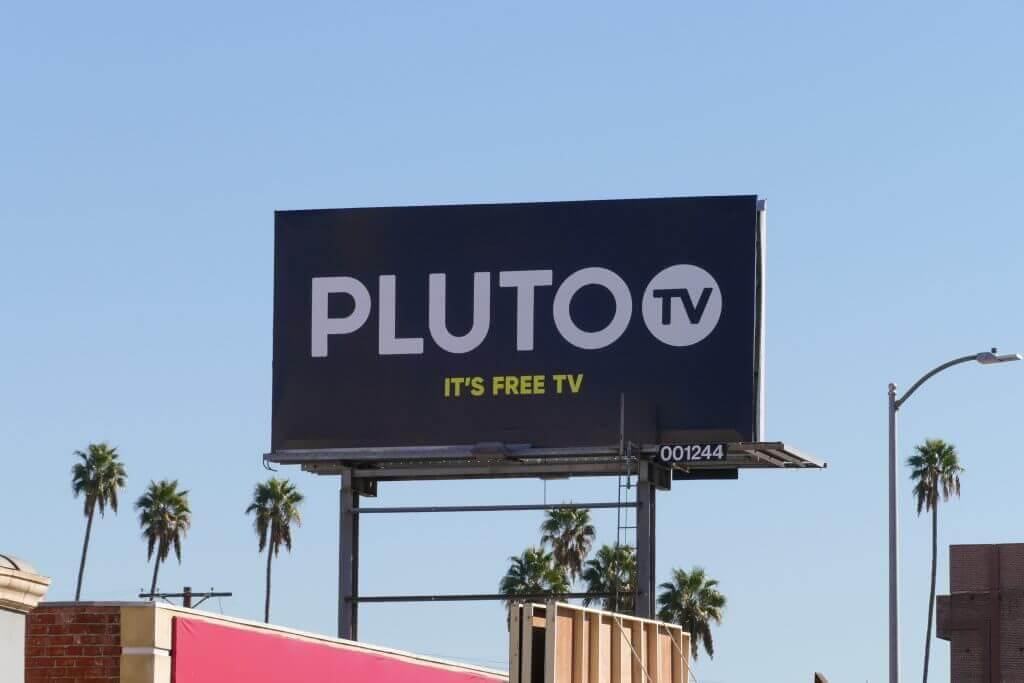
Bloomberg recently reported Pluto TV, the streaming startup acquired by Viacom Inc., is using billboards and buses in Los Angeles, Chicago, and New York. Unlike most of its competitors, Pluto is free for consumers and relies on advertising for revenue. The company said it is using OOH to reach ad buyers in those cities.
Apple TV
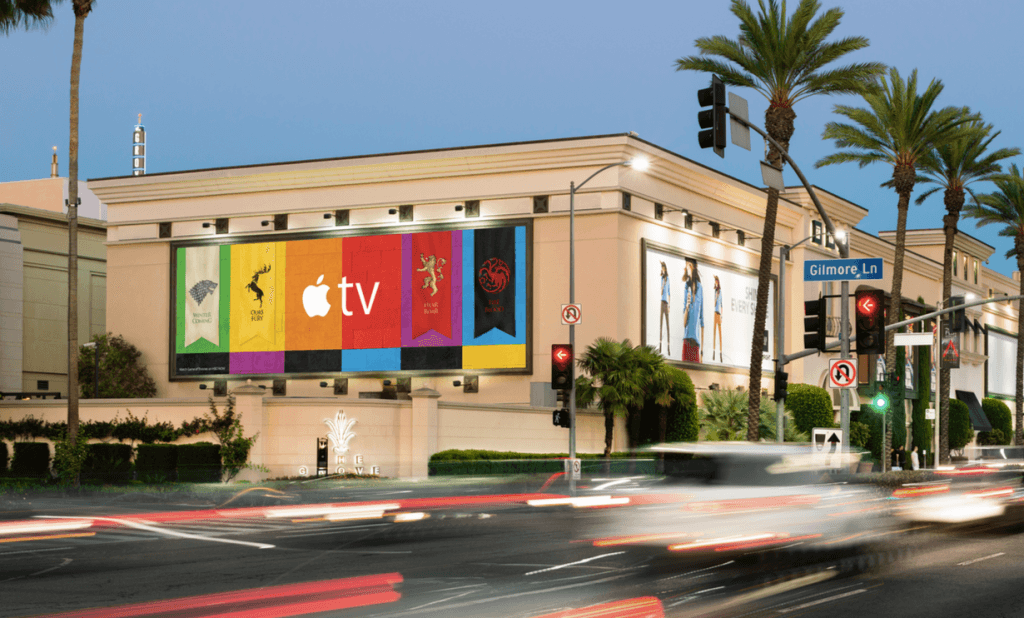
In line with their traditional simple yet sophisticated advertising, since Apple TV’s launch in 2007, the brand has plastered major markets with it’s rainbow Apple TV ads.
Despite displaying the same ad over and over again, one thing OOH advertisers can learn from Apple is their consistent branding. When designed well, ads with consistent messaging across multiple media platforms can ensure one of OOH’s biggest strengths: recall and familiarity.
The Bottom Line
OOH is an unmatched advertising medium that gets immediate attention from consumers and, if executed well, generates buzz across other media platforms too. With video streaming services constantly updating their library and releasing new shows, it’s no surprise that many, if not all of them , have found OOH to be an especially useful tool to create hype. What advertisers can learn from this type of advertising is that investing in OOH generates enormous brand value. OOH is thriving more now than ever before, and it’s here to stay.


